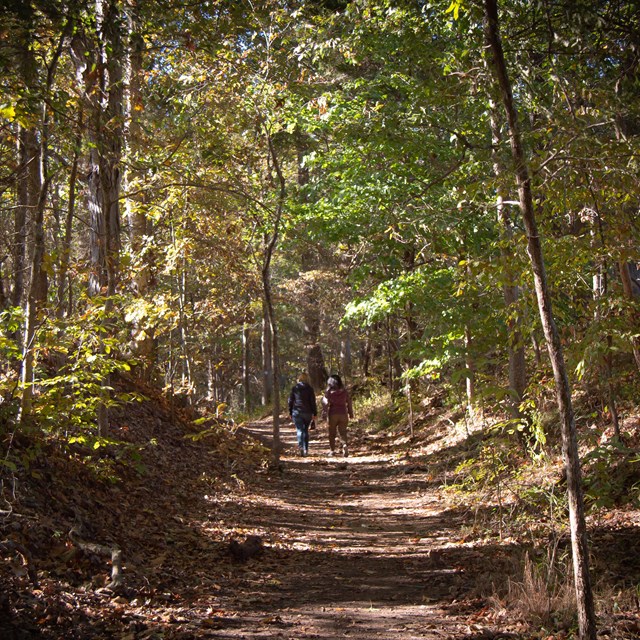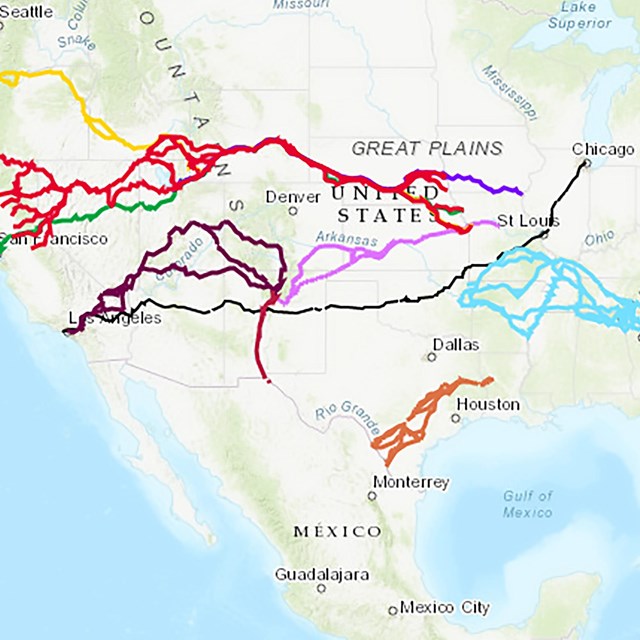Part of a series of articles titled Transportation During the Cherokee Removal 1837 - 1839.
Article
The Zuraw Wagon: Transportation During the Cherokee Removal 1837 - 1839

Photo/Courtesy of MTSU Center for Historic Preservation
“Mr. Hicks detachment started today, and passed us about one mile. Some of his wagons however had been unable to get up on account of the mud. Mr. Hildebrand’s detachment came up within about a mile of us, excepting some wagons mired down in the mud.”
– Rev. Daniel S. Butrick, January 14, 1839
The Zuraw Wagon, located at the Foxfire Museum & Heritage Center in Rabun County, Georgia, is not a wagon type, but the name of a specific wagon used during the Cherokee removal. It is the last remaining documented wagon with ties to the Trail of Tears. Originally owned by Green B. Daves (or Davis) and donated to the museum by Retta Picklesimer Zuraw, the donor letter for the wagon recounts some of the oral history surrounding the artifact.
Daves served as a private in Capt. Benjamin Cleveland’s Georgia Mounted Militia from February 1838 to July 1838. He used the Zuraw Wagon during this time to round up the Cherokees from their homes and transport them to one of the fortified posts nearby. From these posts, troops transported the Cherokee once more to large emigration depots, including Ross’s Landing, Fort Cass, and Fort Payne. Most people were detained at these larger camps for months in terrible conditions until they were forced to leave for Indian Territory.
Donor materials at the museum refer to the Zuraw Wagon as a “tar-grinder” wagon, referring to the pine-sap substance used to keep everything lubricated for travel. Considering its age, the Zuraw Wagon is in good condition and remains in a storage shed at the Foxfire Museum. Changes include the removal of the tongue used to tether teams of animals for pulling, repairs of the wheel spokes, wood shims placed between the metal tire and wooden wheel, and replaced bows that provide the frame for a canvas or linen cover.
The invention of the steamboat and railroads, along with vast improvements in the construction, design, and maintenance of roads and turnpikes, marked the beginning of a transportation revolution in the United States during the early 1800s. The Cherokee removal occurred as this revolution began to unfold. While the Cherokee utilized these transformative modes of transportation during their forced removal, it is important to remember that the majority traveled by foot on roads over rough terrain.
This publication was made possible by the Cooperative Ecosystem Studies Unit (CESU) Task Agreement P18AC01316 with National Trails– National Park Service and the Center for Historic Preservation at Middle Tennessee State University.
Read the Full Report
Last updated: December 21, 2021


